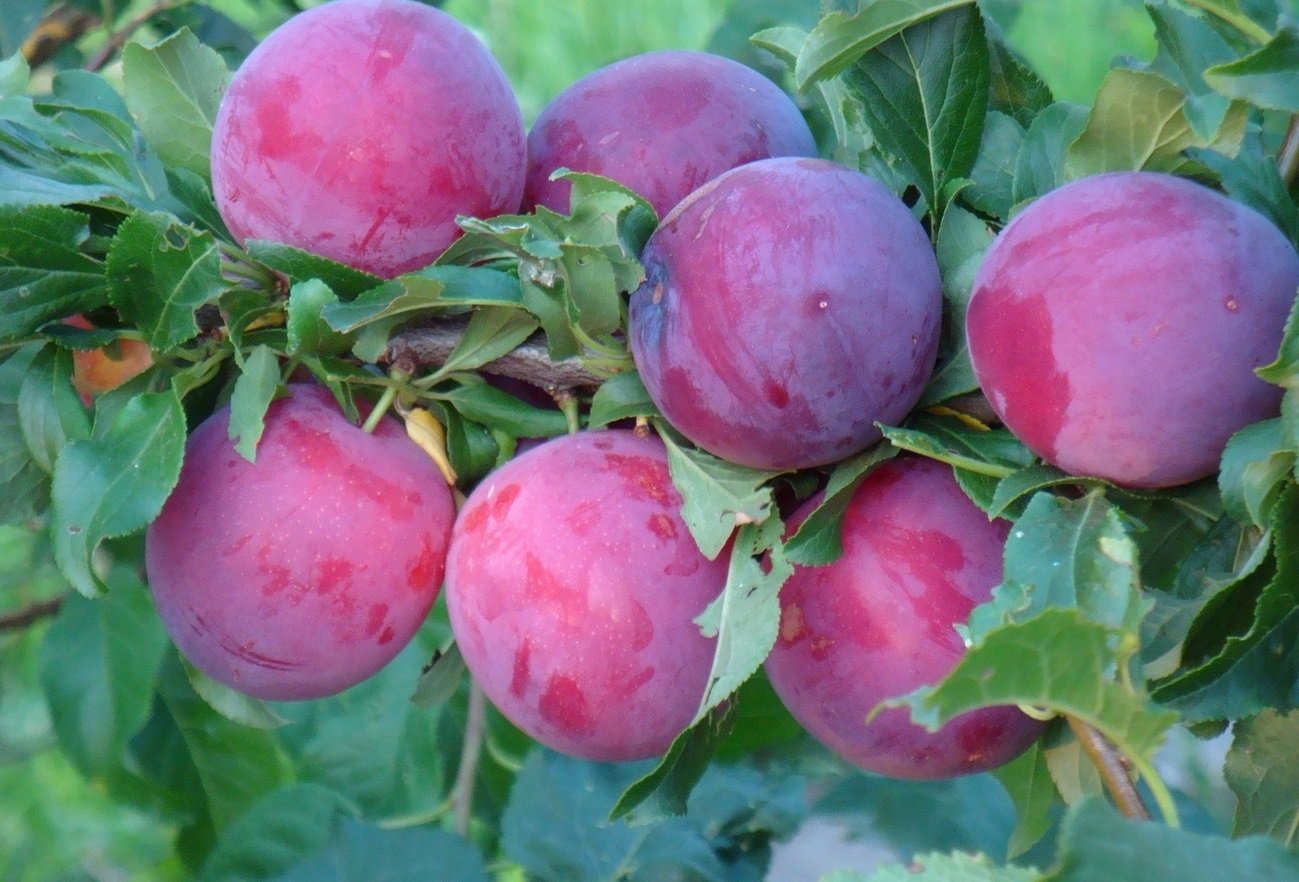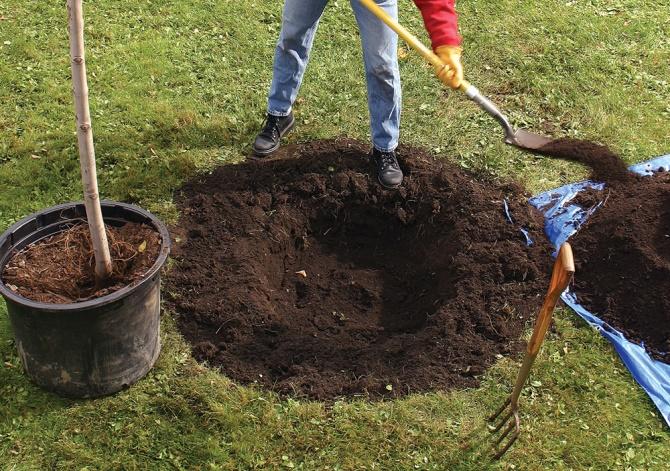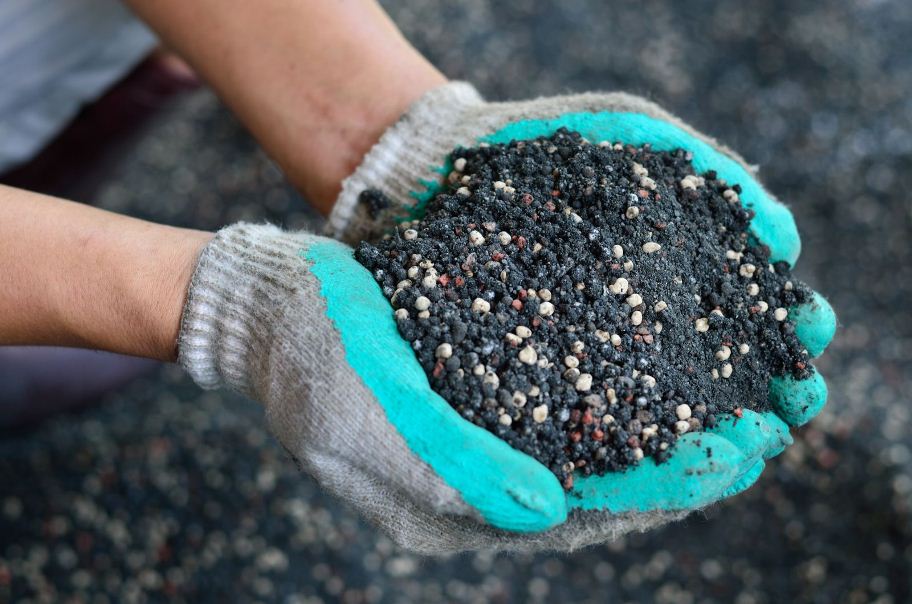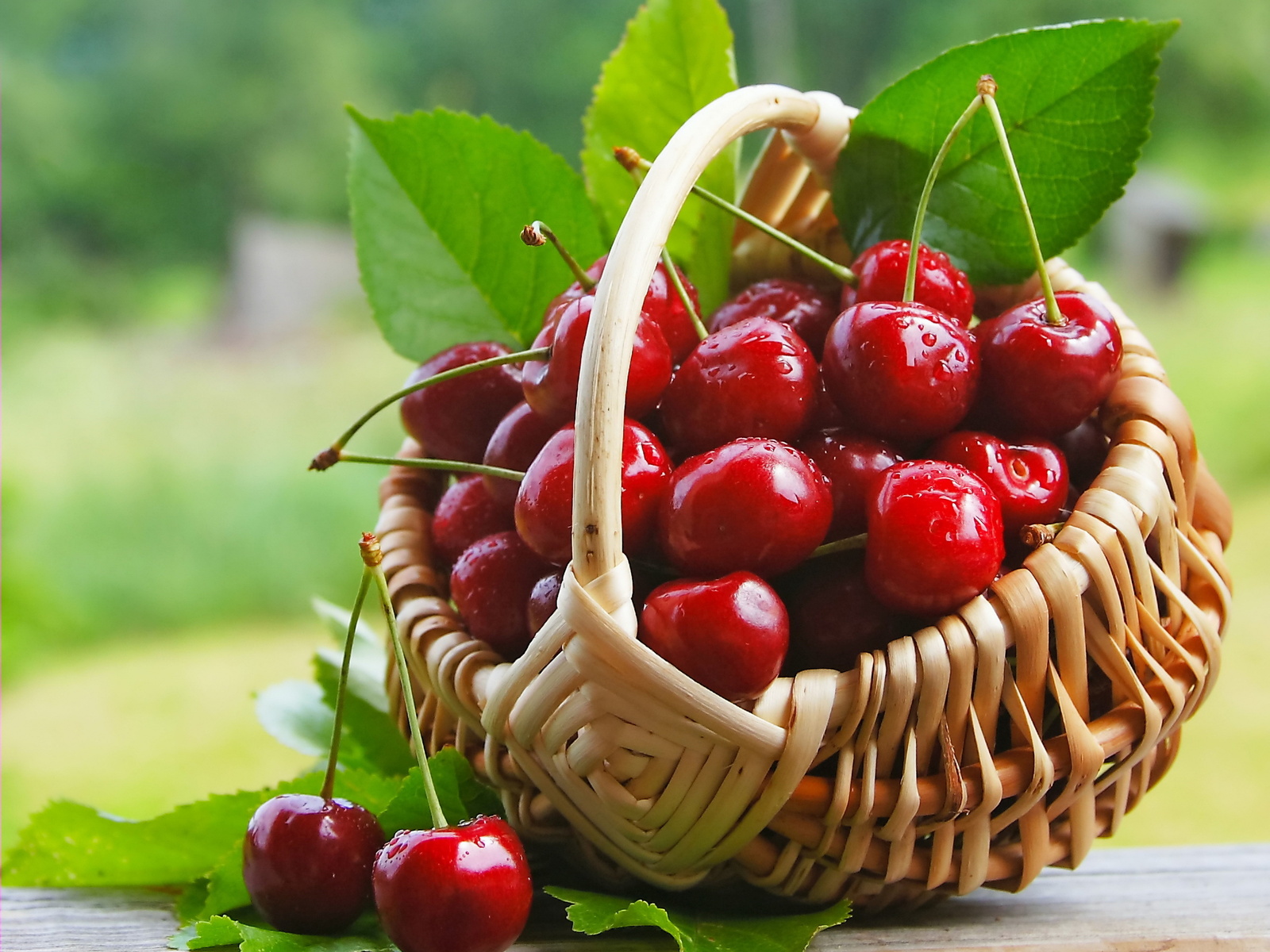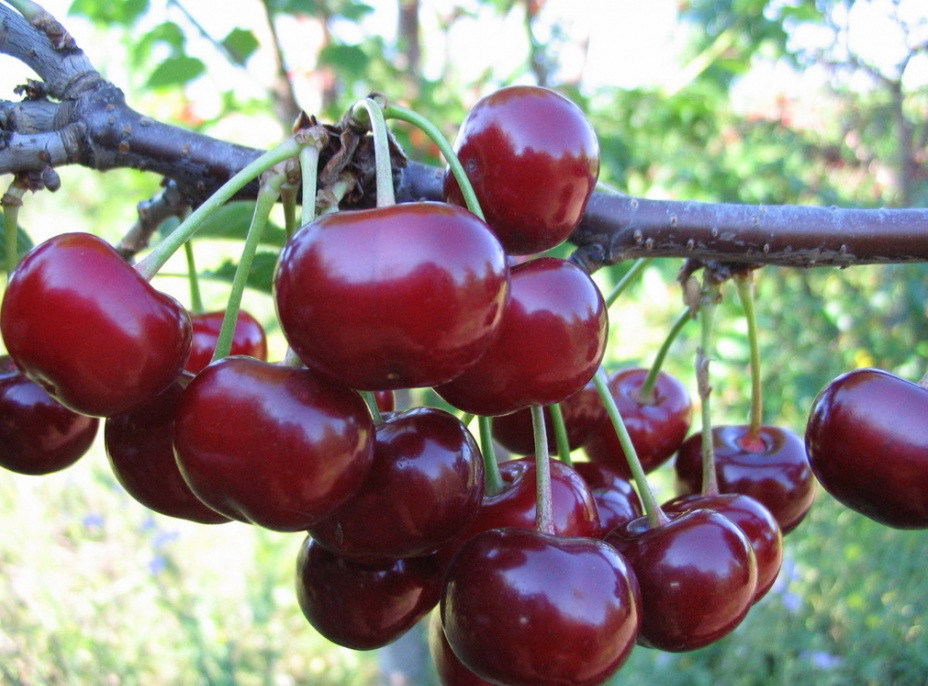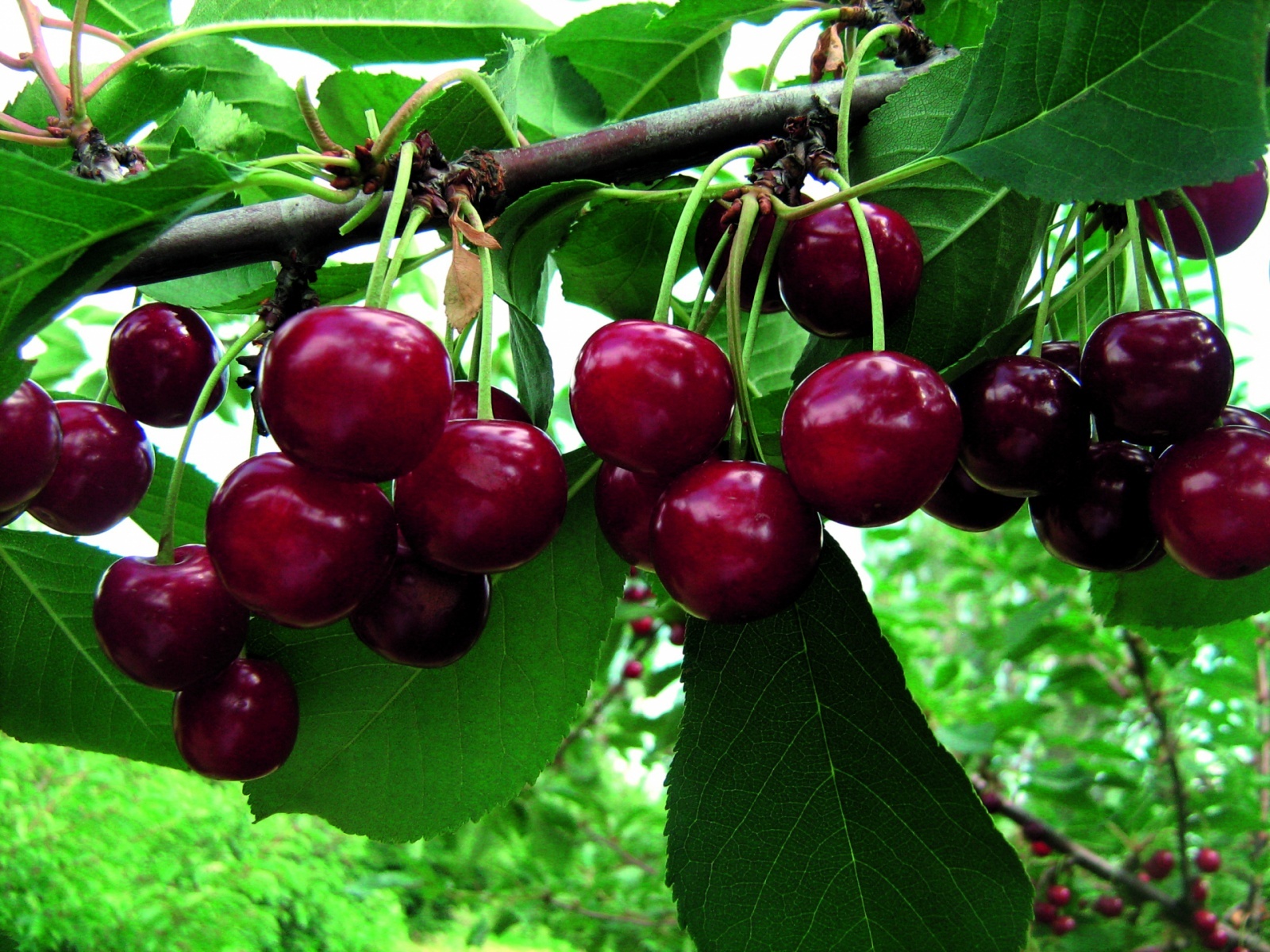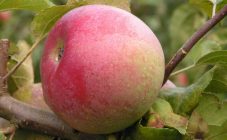Content:
The plum variety Kuban comet is the result of crossing the common cherry plum with the Chinese plum. The history of this tree goes back to the 40s: after the Great Patriotic War, many abandoned gardens remained in the Crimean regions. Employees of the Nikitsky Botanical Garden crossed cherry plum with Chinese plum, which had large fruits, and as a result, a new variety was obtained.
The variety was distinguished by large fruits that ripened earlier and tasted great. But there was a significant drawback - this variety did not differ in frost resistance. This issue was dealt with by the employees of the Crimean Experimental Breeding Station of the All-Russian Research Institute of Plant Industry named after V.I. N.I. Vavilova - G.V. Eremina and S.N. Zabrodin. They carried out a number of breeding works and developed a new variety. The resulting plant withstood frost down to -26 and bore great fruit. Since the 80s of the XX century, this variety has been introduced in the North-West, Central, North Caucasian, Lower Volga regions.
Plum The Kuban comet is also called the Russian plum - this is the name given by American scientists studying the characteristics of different varieties of fruit and berry plants. By the way, overseas breeders appreciated the work of their Russian colleagues.
Description of plum Kuban comet
The tree of the Kuban plum is low (2.5-3 meters), with a sparse crown, which is formed in the form of a shrub. Due to its small stature, every gardener has the opportunity to form a crown at his own discretion. The foliage is oval, green, glossy. The growth direction is vertical. During the flowering period, the plum is covered with flowers of a pale pink color, which pleases the eye and brings aesthetic pleasure.
The fruits of this tree are large, reaching a weight of 45 g, ovoid, at maximum ripening they are red. The flesh is yellow, reddish closer to the skin, turns purple when fully ripe.
The tree begins to bear fruit 2-3 years after planting. The yield depends on the age of the tree: 10 kg of fruit can be harvested from young trees, and up to 50 kg from older trees. With further growth and with complete pollination, one tree can annually harvest up to 150 kg. Plum variety Comet with its yield proves that it is one of the most popular types of plums.
In order for this type of plum to bring a harvest in different regions, two subspecies were additionally bred:
- late - suitable for northern regions;
- early - for the southern regions.
With proper care, the trees practically do not get sick, but if the humidity is high, then the fruits have every chance of becoming infected with fruit rot. The tree should be regularly inspected to prevent the appearance of pests and to subject it to insecticide treatment in a timely manner.
Agrotechnics
In order for the trees to give the maximum yield, it is necessary to adhere to a number of recommendations:
- choose the right time for disembarkation;
- place the young tree in a good place;
- buy healthy and strong seedlings;
- plant the plant correctly;
- water, care, prevent disease and protect from pests.
The best time to plant a plum tree is in spring. The seedlings bought in the fall will perfectly survive the winter in a basement or cellar.With the arrival of spring, as soon as the snow melts, the tree must be planted.
Correct planting of plums
An ideal place for the growth of plums would be an area well sheltered from the wind, near the walls of buildings, next to fences. The tree feels good on elevations, where there is no accumulation of water and cold air masses.
To plant plum trees, you need to prepare the soil:
- Make a hole 1 meter wide and 70 centimeters deep.
- The soil should be lightweight and useful. To do this, the top layer of the earth is removed and set aside for later use. The lower layers are simply removed (this land can be used for other purposes).
- Leaves and hay are placed at the bottom of the pit, and a couple of buckets of humus with bone meal and ash are poured on top.
- On top of all this, you need to fill up the earth from the surface, which was previously removed and set aside.
- Fill with water (a couple of buckets are enough).
The prepared pit should stand for 2-3 weeks. Only then can a plum sapling be planted in it.
Pruning
Like every plum plant, it needs care. You can trim the crown in several ways, depending on the wishes of the owner. The only rule is that the colder the climate, the lower the crown should be. As soon as the young steams have reached 80 centimeters in length, they must be cut off by a quarter.
Every year, the crown needs to be thinned out, to get rid of dried and damaged branches. Experienced gardeners recommend holding all such events in the spring.
Watering
In the spring, after the snow melts, there is enough moisture in the ground, and there is no need to water the Kuban comet. During flowering, the tree especially needs watering, 2-3 buckets of water a day will fully satisfy the tree's moisture needs. When the fruits begin to ripen, watering can be stopped. It is also recommended to water the plum after harvest.
In case of prolonged drought and hot summers, water should be added. Otherwise, the fruits may become smaller or completely crumble.
Fertilizers
For young trees, the first 2-3 years will be enough fertilizers laid when planting in a hole. With further growth, the tree requires additional feeding. Standard and usual fertilizers are well suited: humus, compost, infusion of bird droppings. For the prevention of trunk diseases, the bark must be whitewashed with lime. In the spring, it will not be superfluous to irrigate with 3% Bordeaux liquid.
This variety of plums is very popular among gardeners, as it has a lot of positive characteristics.
It makes no sense to describe everything, but you can especially highlight:
- taste and beauty of fruits;
- fast fertility;
- disease resistance;
- frost resistance;
- constant large harvest;
- high portability.
The variety has not so many disadvantages: the seed is poorly separated from the pulp, with abundant flowering, green fruits need to be thinned out so that the quantity does not negatively affect the quality (if there are too many plums, they become much smaller and worse in taste).
There are no big difficulties in caring for this plum. Domestic gardeners and summer residents should definitely consider the possibility of breeding the Kuban comet plum.
